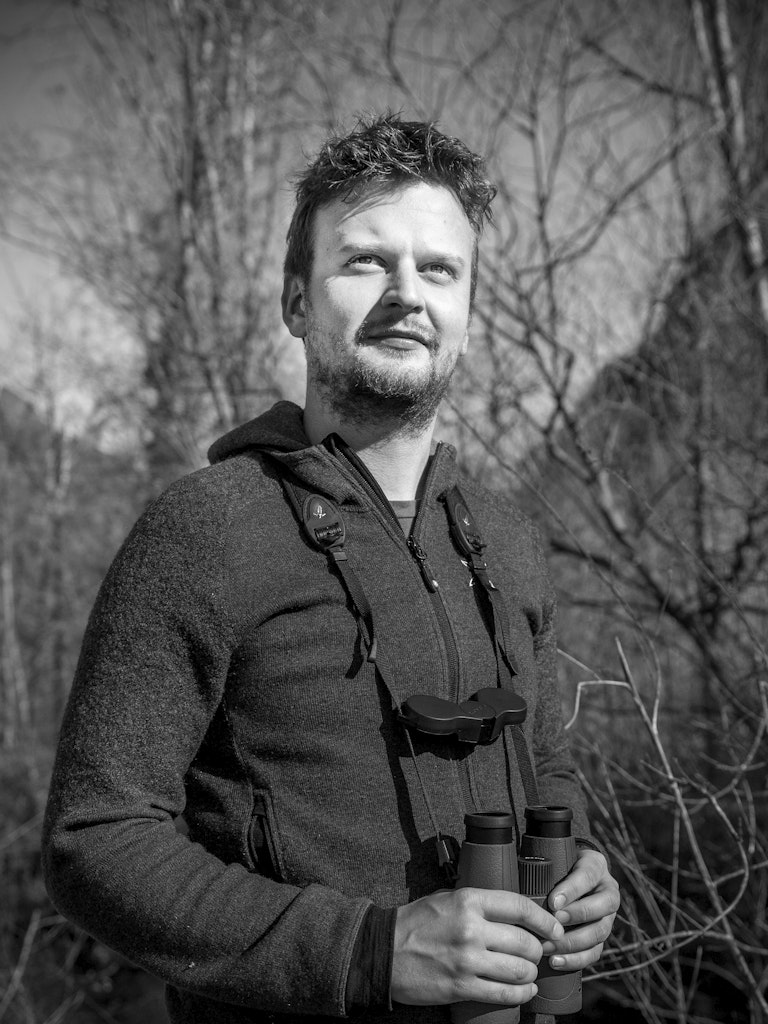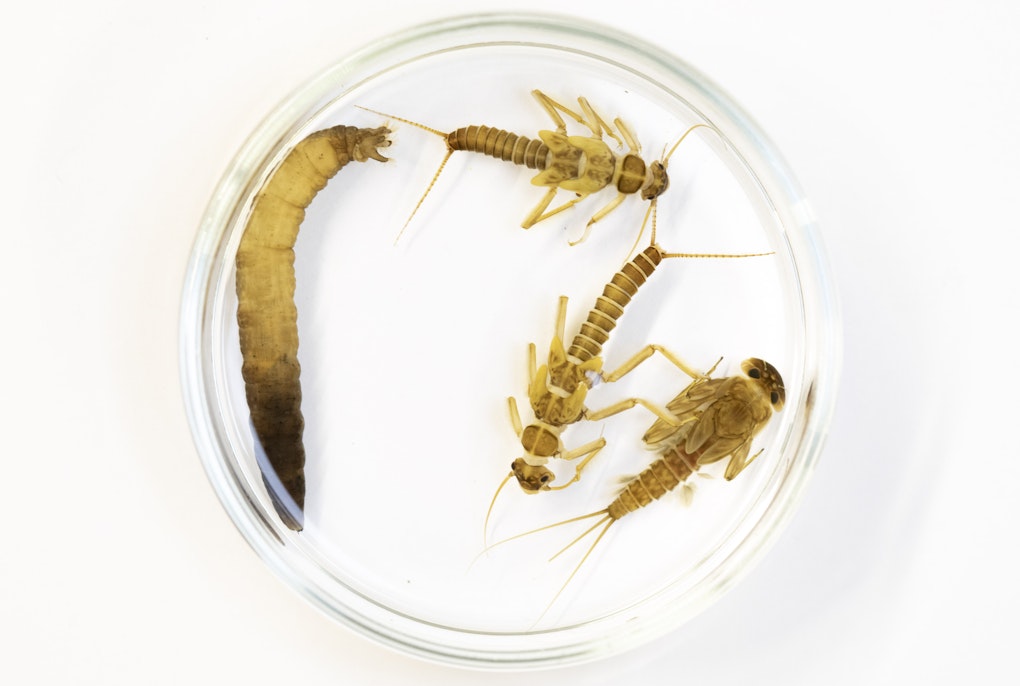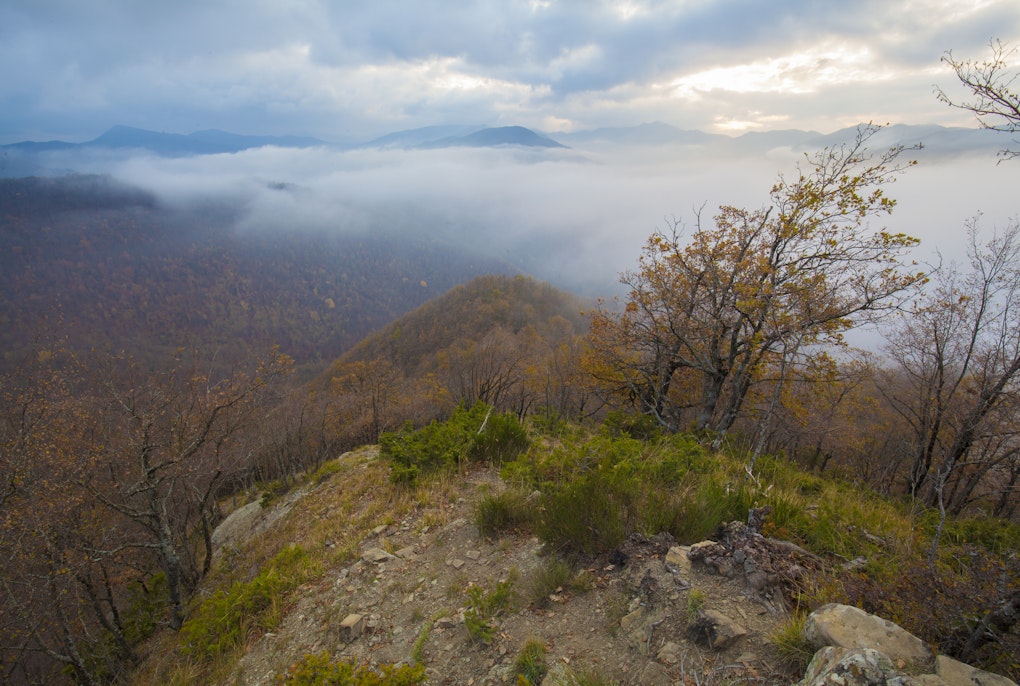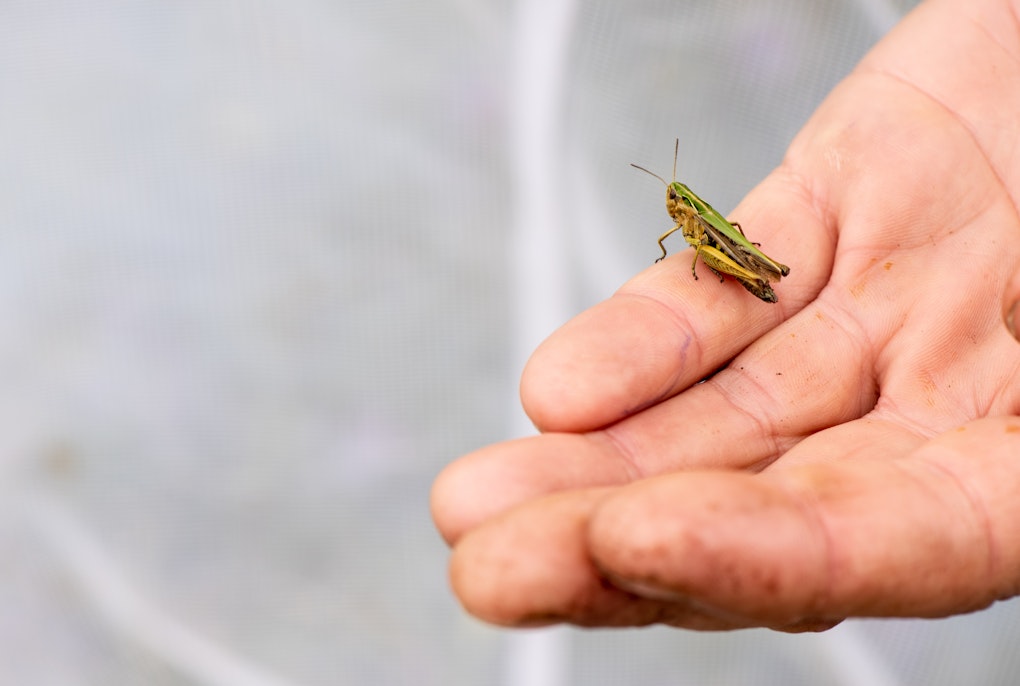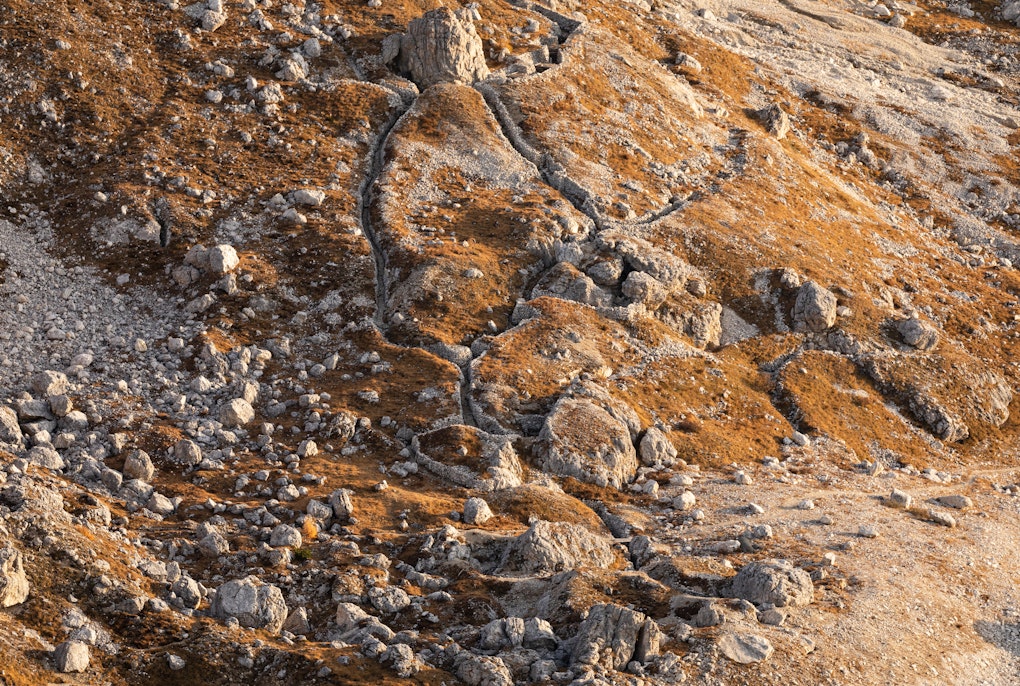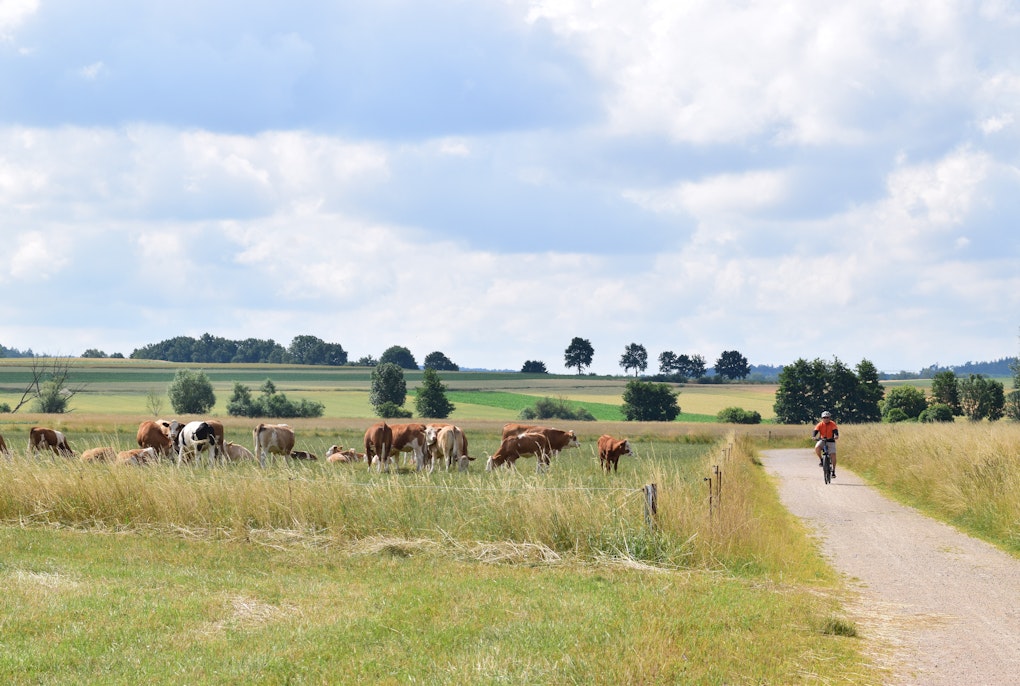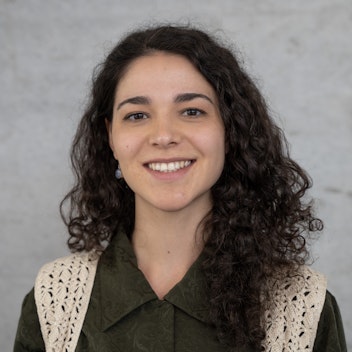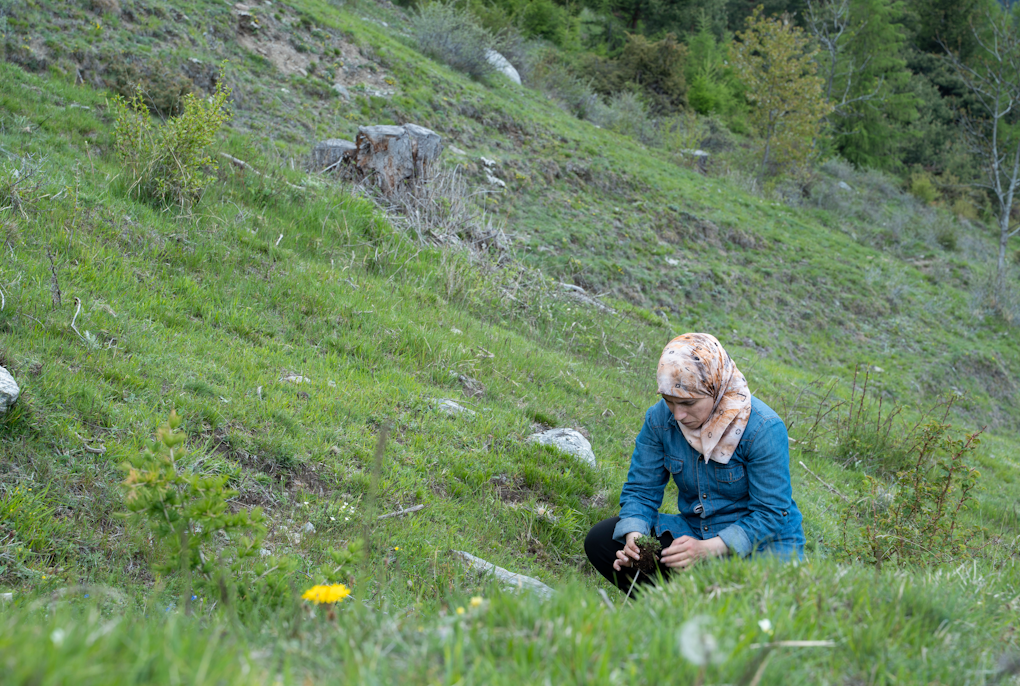magazine_ Interview
Enjoy biodiversity, even after the lockdown
An interview with ornithologist Matteo Anderle
If you have been appreciating the images of out of the blue animals in town centres, ornithologist Matteo Anderle’s advice on how to continue to maintain closer contact with nature in everyday urban life will certainly inspire you. Having collaborated in the City Nature Challenge 2020, Anderle also specialises as a field researcher in the South Tyrolean Biodiversity Monitoring Project.
The most rigid weeks of the lockdown now seem a long way off. Has the time passed for animal sightings in the city?
Matteo Anderle: The calm of urban centres imposed by the lockdown may have made some animals, such as roe deer or foxes, less shy, and in fact, in recent months there have been no shortage of sightings. However, a lot depends on us. Perhaps the lockdown enabled us to take more time to look the nature that we are surrounded by and forget that we are large mammals who mainly saw other large mammals, we just needed to pay attention to the small and look in other directions, the ones we weren’t used to. Towards the sky, for instance, among the branches of the trees in the parks, where the green woodpecker nests on the more mature trees, or among the bushes, where the blackbirds look for insects and earthworms on the ground.
How should we equip ourselves for sightings?
Anderle: All you have to do is just look and, above all, listen. For instance, the eurasian treecreeper, an arboreal passerine, is very similar to the short-toed treecreeper, but its song is different. The acute sound a blackbird makes, when frightened by a cyclist on his way to work is unmistakable. Of course, the manuals are also useful. For us insiders, the Collins Bird Guide is the bible, the apps where you can compare yourself with experts, such as Ornitho.it or iNaturalist, which we used for the City Nature Challenge are also really useful.
Are there many species of birds in populated areas?
Anderle: In the first year of the South Tyrolean Biodiversity Monitoring Project we sampled six urban areas: Brunico, Vipiteno, Albions, Penone and the industrial areas of Bolzano and Merano. We identified between 7 and 11 species. Numerically even higher than the species we encountered meadows or pastures, but it must be pointed out that the birds living those areas are inextricably linked to particular habitats and are therefore more at risk if the environment changes, for example due to climate change or especially to increasingly intensive farming practices. For example, if a first mowing of a meadow is planned earlier, it could mean the corn crake - a rare migratory bird that nests on land - no longer has a suitable nesting place. Whereas, the birds called generalist species, which live in inhabited areas are better adapted to changing and constantly evolving situations.
For example?
Anderle: The carrion crow, the chaffinch, the black redstart, and many others. Suddenly these birds become encompassed by their surroundings, like the red-backed shrike that used to nest in the fallow land south of Bolzano, which is now almost completely built up. Other birds are attracted by the resources that a fragmented and varied habitat like that of human settlements offer. Since birds can fly they are not hampered by infrastructural barriers; on the contrary, house martins and common swifts happily nest under the cornices of buildings especially if they are old.
Are there birds in South Tyrol that have come from far away, like non-native/invasive plants?
Anderle: Yes, there are. Some have arrived spontaneously, such as the yellow-legged gull that have been sighted in southern Bolzano and now, more Mediterranean species are moving further north as a result of climate change. Then there are rose-ringed parakeets, green parrots that may have escaped domesticity and made themselves comfortable in our parks. They nest in large trees and over time they force out other species. For example, in Florence they’ve even driven away nocturnal birds of prey, like tawny owls from urban parkland.
What’s the day of an ornithologist like?
Anderle: I generally wake up before dawn and leave for the sampling site. I choose periods of the year that allow me to only find nesting species and not migratory birds that are in transit. I stop at one point and record everything that happens within a 100 metre radius: the songs, if the specimens are young or adults and what they are doing. If, for example, they are carrying branches or moss, I know that there’s a nest being built nearby. And maybe on the next round I'll spot the newborn chicks.
Matteo Anderle
Graduated from the University of Florence with a degree in science of wildlife and environmental management and is currently studying for his PhD at the University of Innsbruck. Before joining Eurac Research, Anderle worked with the UK at the Game & Wildlife Conservation Trust and Muse. In addition to his bird sampling, he has set up some bee hives on the roof of Eurac Research’s headquarters in Bolzano which may be the focus of a future study.
